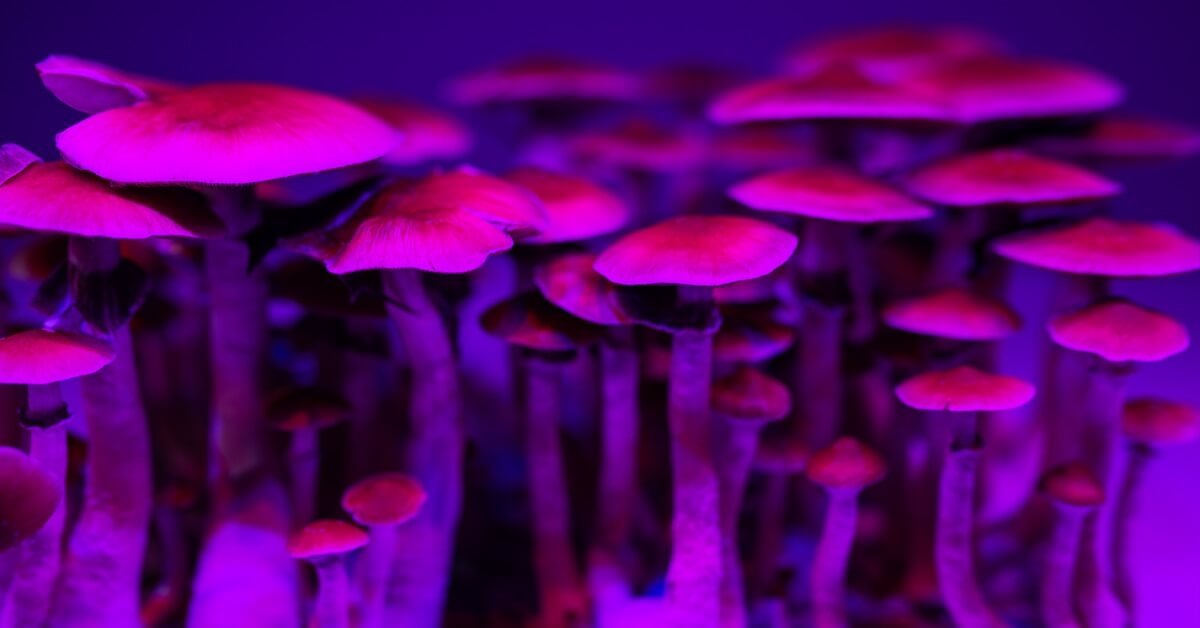
Contact
- FAQ
- About Us
- Contact Us
- Affiliate Program
- support@planetspores.ca
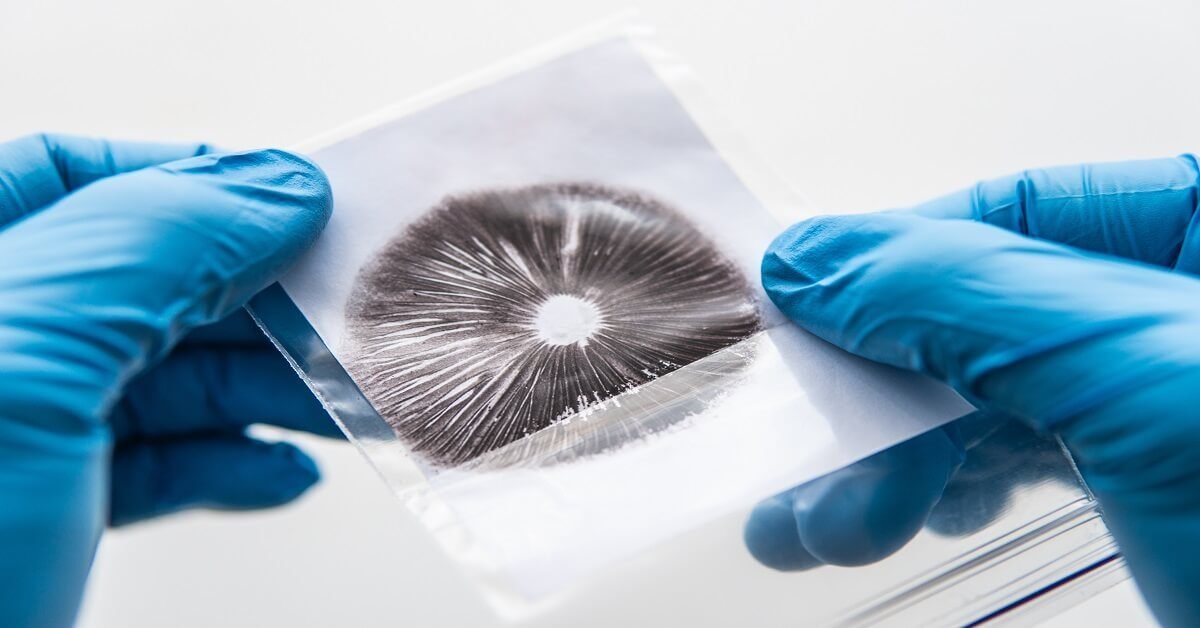
Spore prints are essential to the mushroom growing process, their most important function is mushroom propagation, which is accomplished by introducing spores to a growing medium. Spore prints have other functions as well such as identifying different mushroom species and making decorative art.
Making your own spore print is a relatively simple process, although it does require patience and a bit of experience. In this guide, you will learn how to make long-lasting contamination-free mushroom spore prints.
Mushroom spores are the reproductive microscopic cells of fungi. They are the propagative element of a mushroom and they enable the fungus to reproduce and disperse itself.
The human eye can only see the colors of spores, and only when they are clumped together by the thousands. Have you ever noticed dark-colored staining below and around a mature mushroom fruiting body? These are mushroom spores. In order to truly examine them, you must look at the spores through a microscope.
When a mushroom reaches maturity it releases spores from its gills which are located underneath the cap of the mushroom. Spores come in all different shapes, sizes, and colors depending on the species of mushroom.
Spores are typically dispersed to new environments through the air by wind currents as well as through animals and other living organisms. When a mushroom releases its spores, it forms a fine powder on the surface of the mushroom. This powder is exactly what we need to create a spore print.
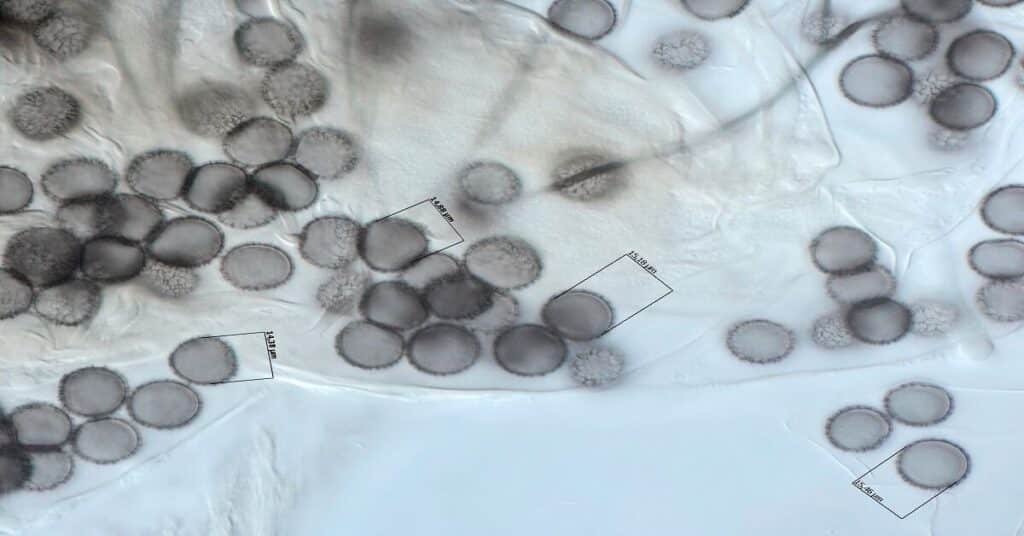
Mushroom spore prints are the patterns of spores left on a flat surface such as; paper, foil, or glass. It’s crazy to think that a spore print can contain thousands, even millions of spores in a single print.
Knowing how to make and work with spore prints is a must for any aspiring mycologist. This skill will enable you to create your own mushroom genetics, allowing you to complete the mushroom life cycle. Furthermore, prints can be used to identify certain mushroom species under a microscope and they also make visually appealing wall art.
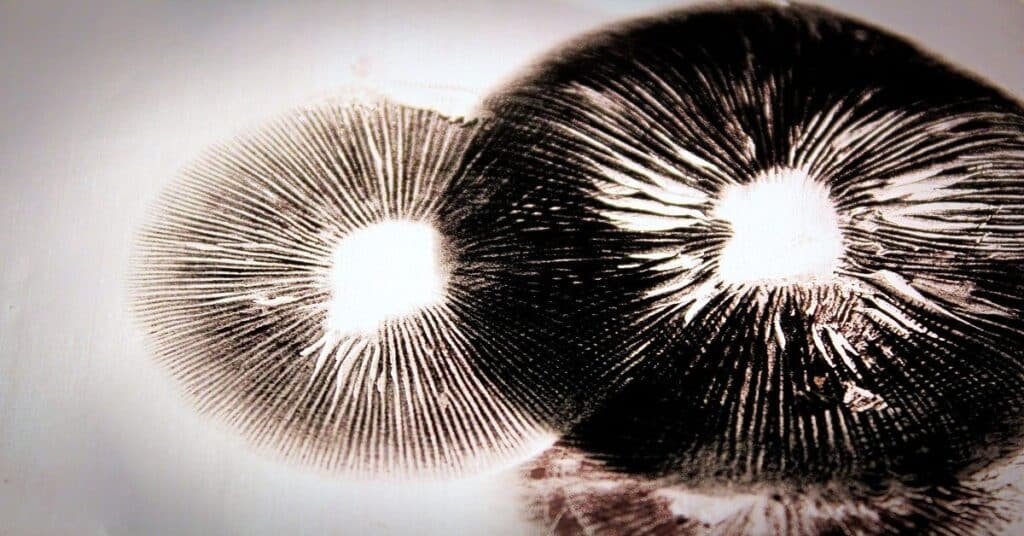
Materials:
The first step to creating a mushroom spore print is to choose a mature mushroom and remove the cap. Then place the mushroom cap onto your desired flat surface, with the gills facing down. Place a jar or bowl upside down to cover the mushroom cap, then wait. After some time, mushroom spores will have dropped onto the surface of your flat material, creating a spore print.
When selecting mushrooms for spore printing, it’s important to choose mature mushrooms. Spores are not produced until later in the mushroom life cycle, therefore choosing a premature mushroom may not yield any spores.
Ensure your mushroom of choice does not have the “veil” covering the gills, this will prevent any spores from dropping altogether.
Avoid any mushrooms from contaminated batches, as they may be carrying contamination which then could be passed down to the next genetic line. Choosing the healthiest and largest mushrooms for printing will hopefully encourage preferred qualities within your next batch of mushrooms.
You should also look for mushrooms that are symmetrical and free of damage, as this will produce a more aesthetically pleasing spore print.
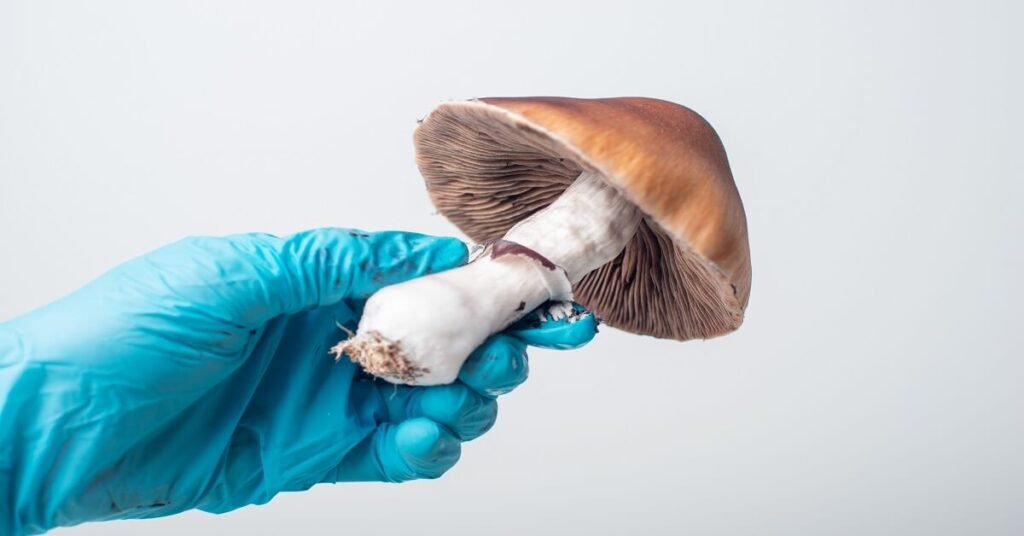
Once you have chosen a mushroom, remove the cap from the stem. It’s recommended to use a sharp knife or scalpel to cut the stem. This will minimize the risk of you damaging the spore-bearing gills.
If you are making a spore print for propagation purposes, take the necessary steps to minimize contamination. Clean your workspace, tools, and hands using isopropyl alcohol, and ensure all of your printing work is done in front of a laminar flow hood or inside a still air box. Some mycologists even suggest wiping the surface of the mushroom cap with disinfectant to reduce the chances of contamination coming from the mushroom.
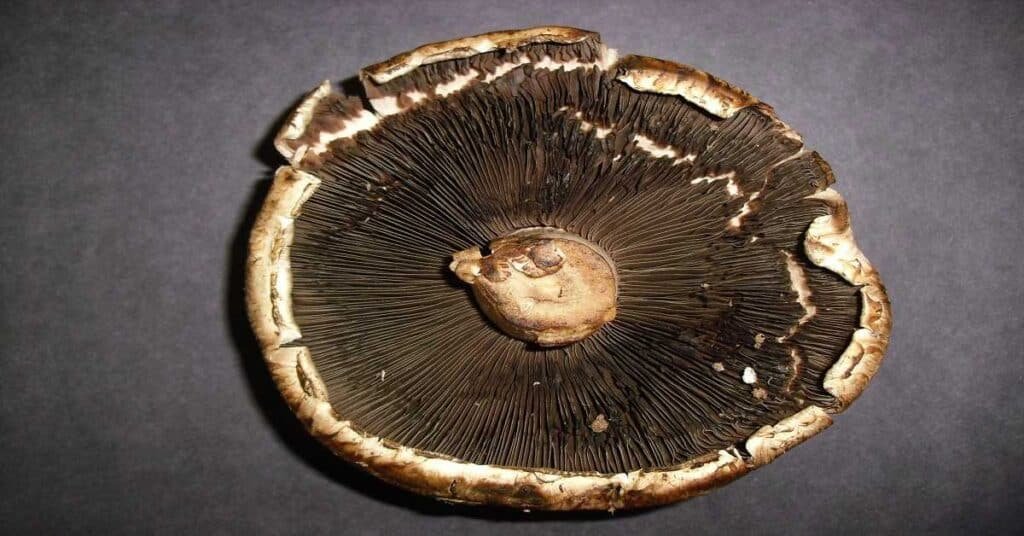
First, find a place where you can store your mushroom without moving it for up to 24 hours.
If you are creating spore prints for the purpose of cultivation, use tinfoil instead of paper or glass. Tinfoil is more sterile since you can wipe it before use and also it’s easier for making spore syringes and scraping spores to agar.
Different species of mushrooms produce different colored spores. So if you are making spore prints for the purpose of identification, the color of the spore-catching surface is important. For dark-colored spores, choose a lighter-colored surface and for light-colored spores choose a dark-colored surface.
Clean your workspace, tools, and even the top of the mushroom tap with alcohol.
Place the mushroom cap upside down with the gills facing your spore-catching surface.
The goal is to have the spores fall directly from the gills onto your spore-catching surface.
Place a jar, bowl, or glass upside down, covering the exposed mushroom cap.
Covering the mushroom has many benefits; it prevents air currents from carrying the spores all over the place, reduces the chances of the mushroom drying out too quickly, and it also acts as a barrier to prevent contamination from ruining your spores.
The time for a spore print to fully form can take between 6 and 24 hours. If you’re unsure how long to wait, longer is better, allow all of the spores to drop.
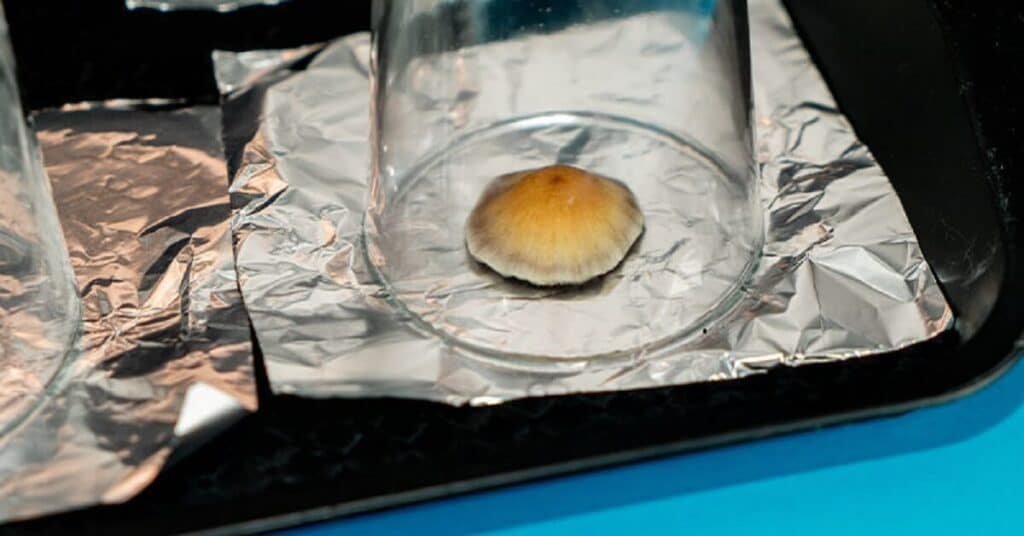
If you plan on cultivating with these prints, take the aluminum foil and fold it over, then place it into a clean ziplock bag. Ensure your tools and storage device of choice are sterile before storing the print.
These spore prints can be kept in the dark at room temperature, and even after several decades, they remain viable.
For those of you who want to use prints for identification or art purposes, it’s best to preserve them since spore prints are delicate, and touching them can ruin the print.
For preservation, you can spray the prints with fixative or hairspray. One tip is to hold the spray bottle far enough away so that it will not blow any of the spores away.
Once you’re convinced you have covered the entire print sufficiently, spray one more layer onto it just to be safe.
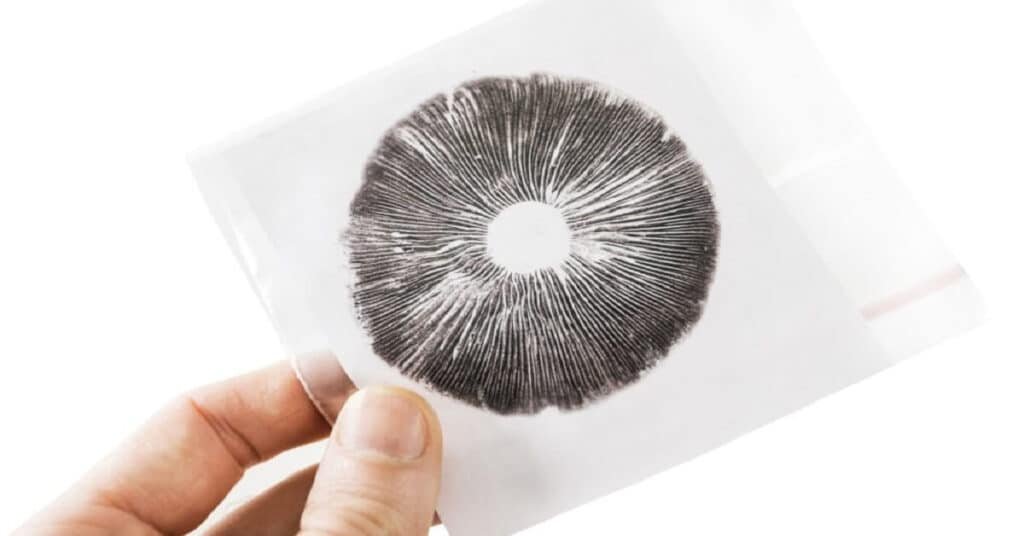
Mushroom spore prints are a valuable tool in the field of mycology. They can be used to identify different mushroom species, cultivate mushrooms, and create appealing spore art.
Using spore prints to grow your own mushrooms is a great cost-effective way to keep your mushroom life cycle going as well as becoming self-sufficient.
The most popular methods of cultivating from spores involves collecting the spores from the spore print and either introducing it to a nutrified agar media, or introducing the spores to a liquid culture or making your own spore syringes.
Once the spores have been taken from the print and transferred to a usable form, the mycelium will start to develop, which then can be used to inoculate a mushroom spawn medium of your choice.
Read: Learn How to Grow Mushrooms at Home
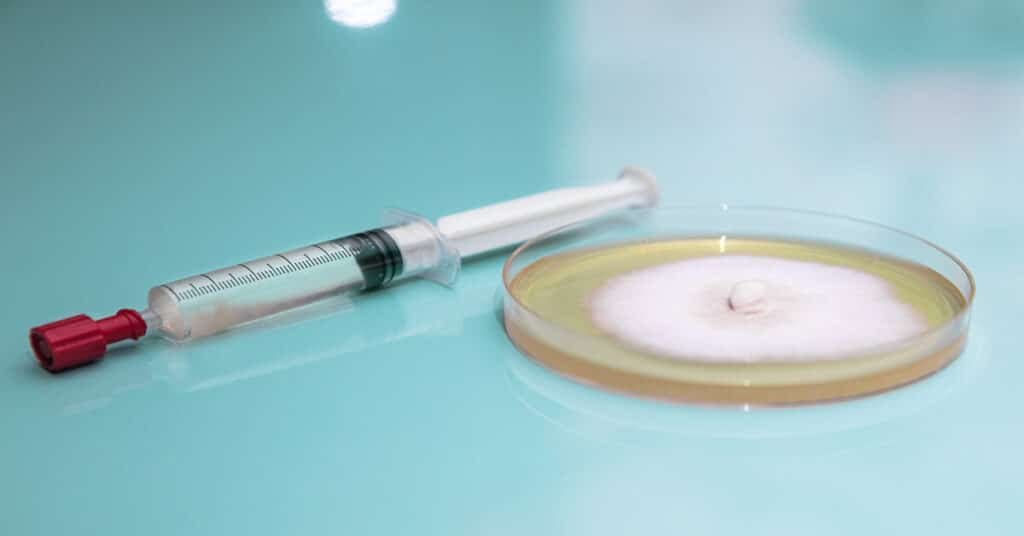
In mushroom cultivation, using spore syringes is a common method of inoculation because of their ease of use.
Making a spore syringe involves scraping the spores from the spore print into a sterile jar, then mixing them with sterile water, and sucking them up into a syringe.
Once the spores are captured inside the syringe, they can be used to inject directly into a mushroom spawn medium, instead of having to wait for the spores to grow on agar media.
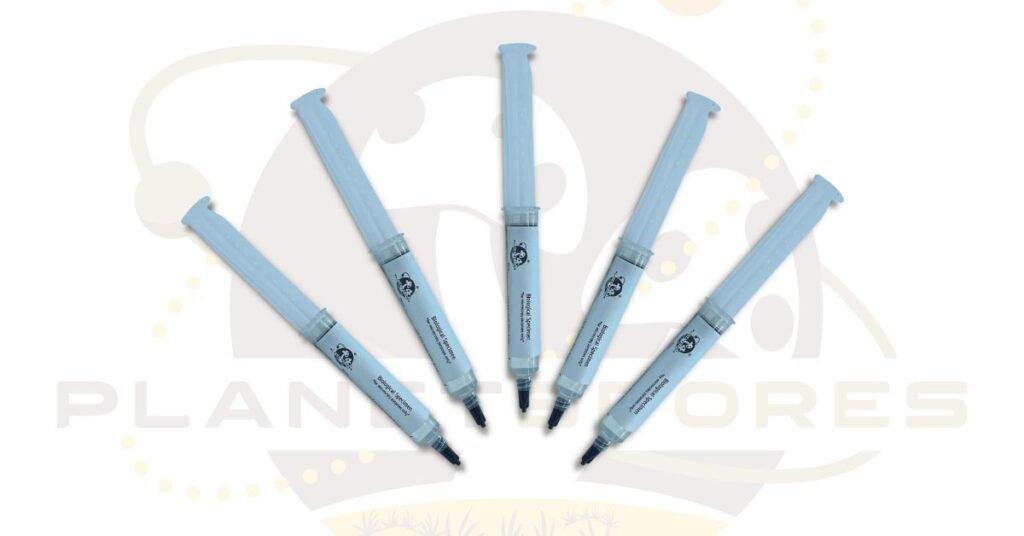

Spore printing is one of the most common ways to identify which mushroom species you have found or grown.
The color of a mushroom’s spores can help narrow its identity to which mycological family it belongs, but it’s not enough to fully identify it.
Many times different species of mushrooms will have the same spore color as one another or often very similar and which can be difficult to differentiate through the human eye. This is why spore color should only be used as a rough indicator of species, instead of the full spectrum. To fully identify a mushroom species from a spore print you must put its spores on a glass slide and examine the spore’s size and shape under a microscope.
Read: How to Examine Mushroom Spores With a Microscope
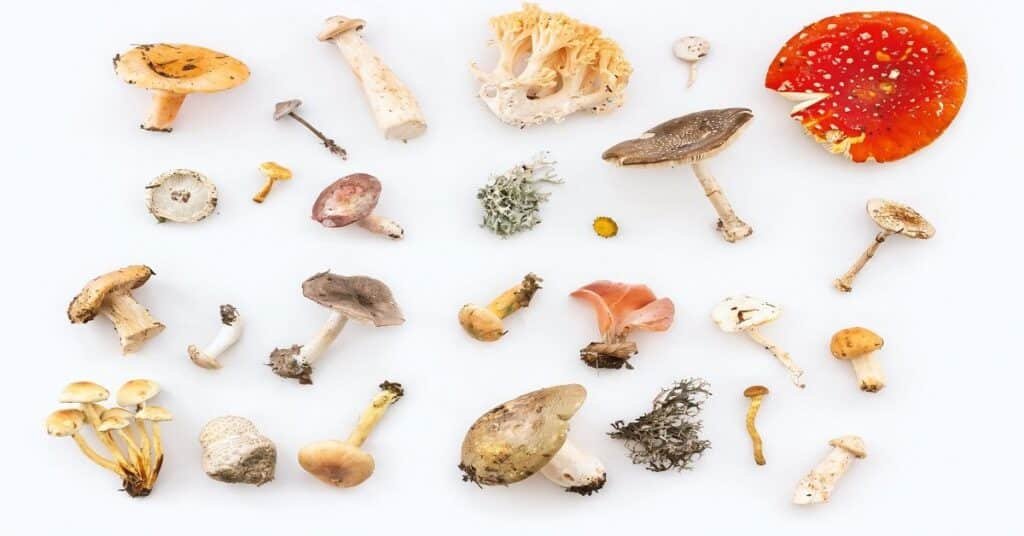
Every spore print is distinct, and a great deal of them are visually appealing, this is why people use them to make beautiful artwork.
Let your imagination run wild when creating spore art. You may join distinct colors, shapes, designs, and sizes on one sheet of paper.
Adding spore art to your household can be the perfect addition of style and beauty to any room.
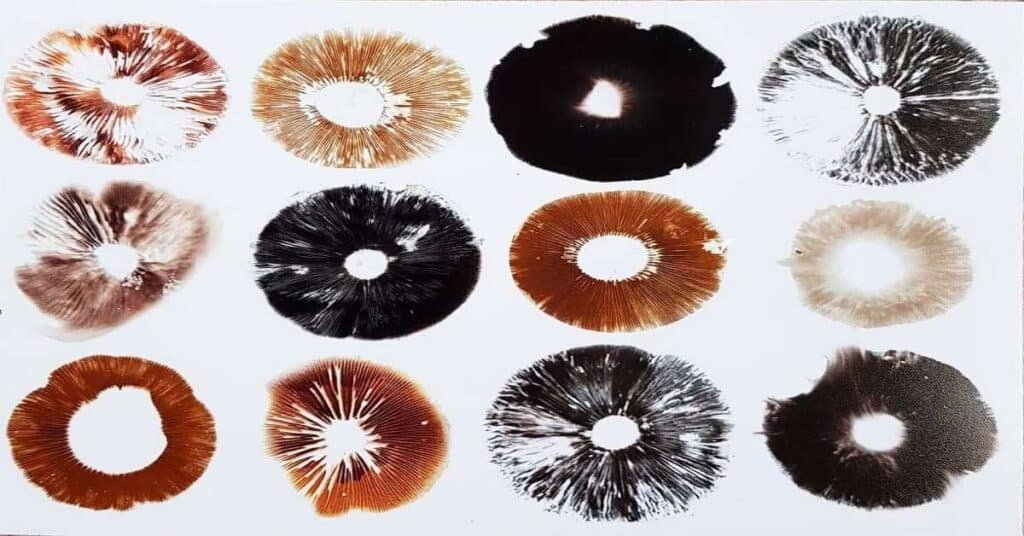
The short answer is a very long time. It all depends on how you store the spore print.
If your spore print is sealed and stored properly at room temperature it can be viable for decades and decades to come.
Knowing how to make mushroom spore prints is a great skill for any mycologist, as printing is the go-to method of spore collection and spore storage.
Most importantly, spores allow for the creation of your own mushroom genetics for the purpose of mushroom cultivation but are also used for identification purposes and can be used to make inspiring works of art.
After reading this guide, anyone can make a mushroom spore print and take their mushroom growing capabilities to the next level.


What began as foraging for mushrooms deep in the woods as a child has graduated to growing mushrooms, eating, cloning, writing, and now spreading the love of mushrooms to the world.
Be the first to know when your favorite products go on sale, when new products are released, and when we publish new guides.


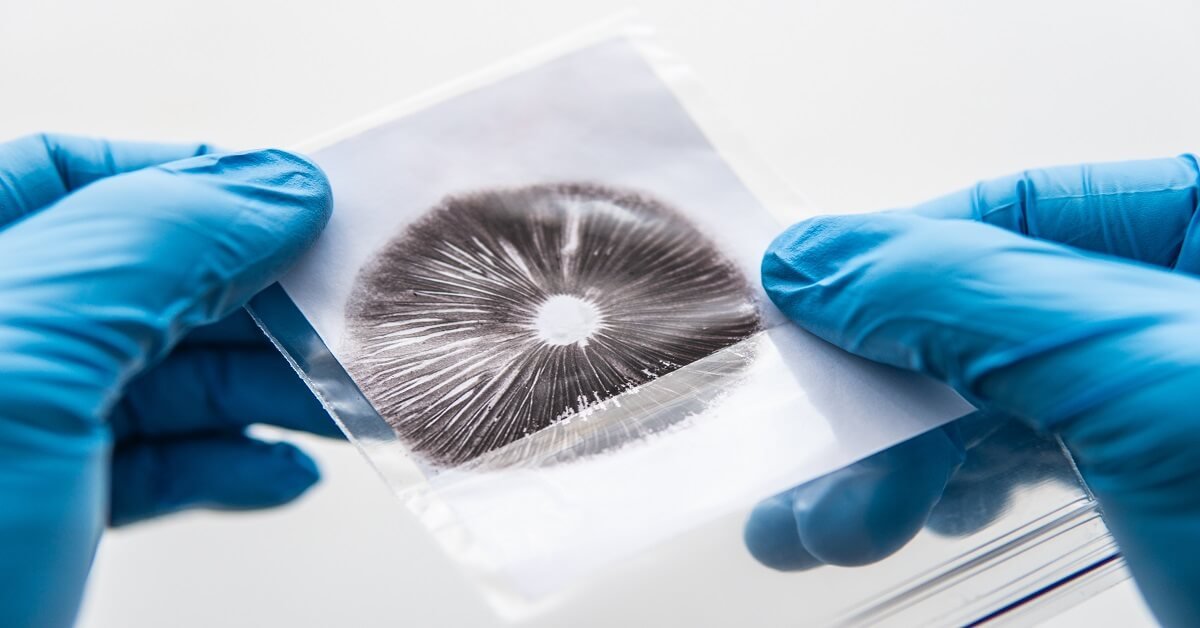


People buy magic mushroom grow kits for two reasons; price and convenience. What is meant by convenience? Well, throughout the mushroom growing cycle, there are

The term ‘microscopy’ refers to using a microscope to study objects that cannot be seen with the human eye. Mushrooms and their spores are just

Spore prints are essential to the mushroom growing process, their most important function is mushroom propagation, which is accomplished by introducing spores to a growing

If growing mushrooms is important to you, knowing how to make a spore syringe is an essential skill to learn. Growing mushrooms is a long,
Be the first to know when your favorite products go on sale, when new products go live, and when we publish new guides.